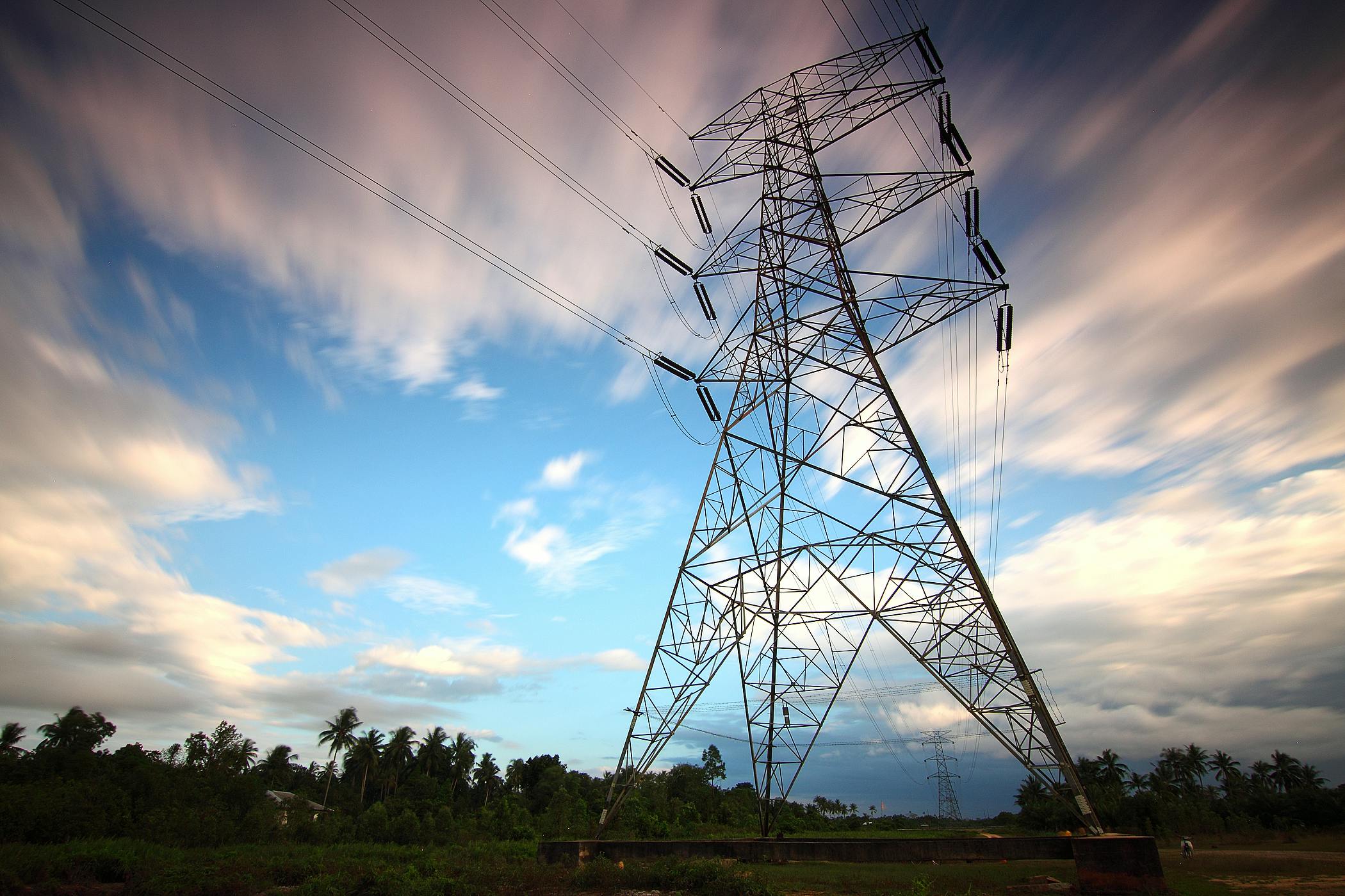As demand for electricity rises in Oklahoma, energy companies are rushing to build new infrastructure to meet the state’s future needs. But this push has created tension, especially in rural areas, where some residents are protesting against new transmission lines like the 375-mile-long Cimarron Link.
This transmission line is being built by Invenergy, a company that wants to carry energy from the wind-rich Panhandle area to the city of Jenks. The project is expected to help Oklahoma harness its strong wind energy, which is one of the lowest-cost and most reliable energy sources in the country.
But not everyone is on board with this idea. For many Oklahomans, particularly landowners, the idea of large transmission lines running through their property has become a major issue. Some worry about how these new lines will affect their land, their future plans, and even the value of their properties.
The Fight Over Land
One of the people concerned is Darren Blanchard, a landowner from Creek County, about 20 miles south of Tulsa. Blanchard had big plans for his eight-acre farm, hoping to turn it into a Certified Naturally Grown produce farm. He was planning to build a greenhouse on the property, using an old pond to save energy and apply for federal grants. But now, with the proposed transmission line coming through his land, his plans are at risk.
Blanchard fears that if the transmission line is built, it will not only prevent him from constructing his greenhouse, but also hurt his farm’s potential. He believes that the line will bring down the value of his land and damage the local economy. He’s also worried about how the project will affect local property taxes in the area.
What Is the Cimarron Link?
The Cimarron Link is one of the several projects designed to improve Oklahoma’s energy grid. According to Invenergy, the new transmission line is essential to channel the power generated by Oklahoma’s wind farms to meet the state’s increasing energy demands.
Energy experts agree that more transmission lines are needed to move electricity where it’s needed most, and the Cimarron Link is part of a larger plan to improve the Southwest Power Pool. This regional electric grid connects Oklahoma with other states and helps ensure electricity stays reliable even as demand rises.
This particular project has received $306 million in federal funds and is expected to create thousands of jobs. While Invenergy insists that the transmission lines won’t interfere with farming or grazing on the land, they are concerned about landowners who are refusing to sign easement agreements, which are needed for the project to move forward.
Growing Energy Demand in Oklahoma
Oklahoma’s power needs are expected to grow significantly in the coming years. Experts predict that electricity demand will increase five times faster over the next decade than it did in the past. The rise in demand is driven by several factors, including more people using electric vehicles (EVs), the growth of data centers, and the rise of new technologies that need more electricity to operate.
In Oklahoma, wind energy plays a big role in meeting these needs. The state is one of the top producers of wind energy in the United States. However, to make the most of this resource, new transmission lines are essential to transport the electricity to areas that need it.
Local Opposition to Transmission Projects
While the need for more energy is clear, many Oklahomans are frustrated by what they see as a rush to build green energy projects, especially in rural areas. In January, a large crowd gathered at the state Capitol to protest against the transmission lines and other green energy projects in the state. These protesters included state lawmakers who are concerned about the future of Oklahoma’s energy policy.
Some local lawmakers have gone as far as to introduce bills that would limit the use of eminent domain in these energy projects, meaning that landowners wouldn’t be forced to give up their land for the transmission lines.
These ongoing debates reflect a growing divide between people who want to see more renewable energy projects and those who feel their land and property rights are being threatened by these large infrastructure projects.
A Delicate Balance
As the debate continues, lawmakers are trying to find a way to balance the need for more energy infrastructure with the protection of property rights. Although transmission lines are critical for meeting future energy needs, the challenge is how to build them without angering landowners and residents who feel that their concerns are being ignored.
While Oklahoma has a lot of energy resources to draw from, finding the right solution to deliver that energy where it’s needed most remains a tough task.
(Source : kiowacountypress.net)


 by
by 

